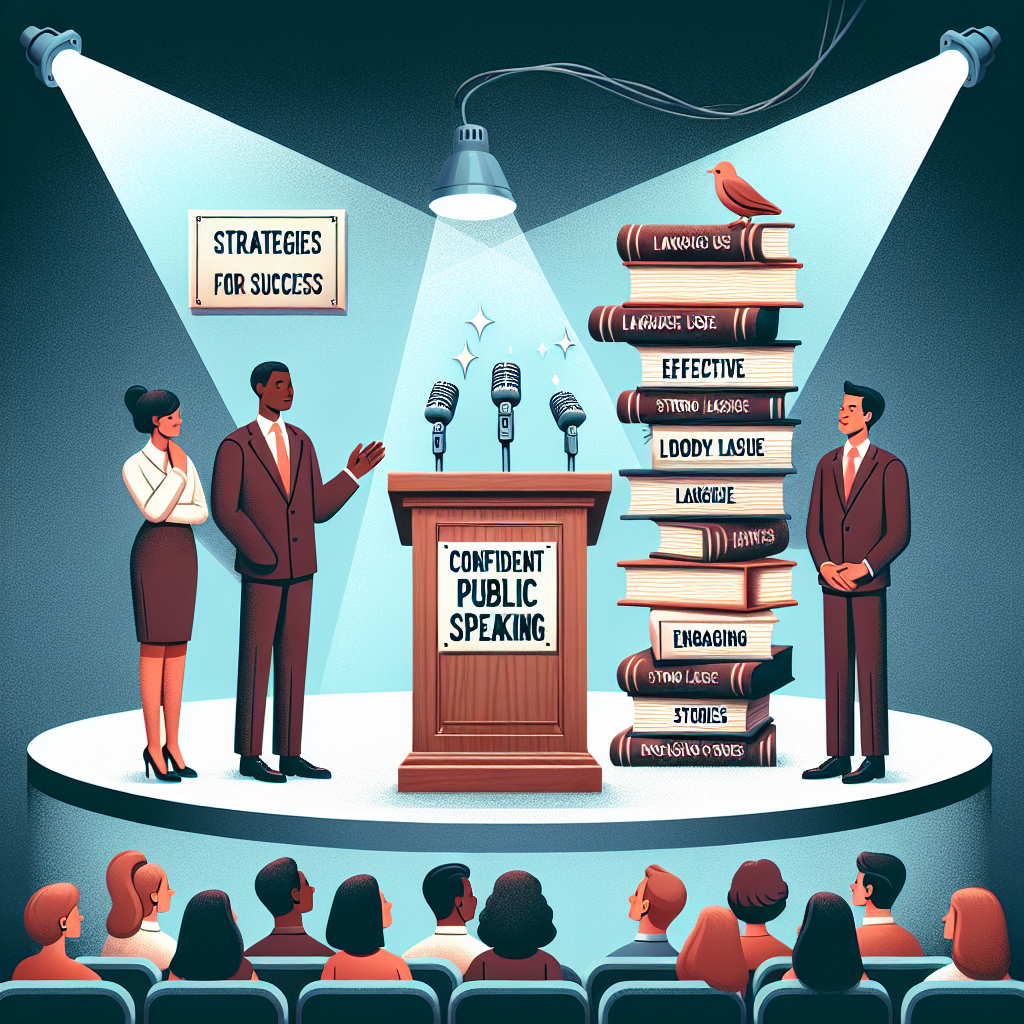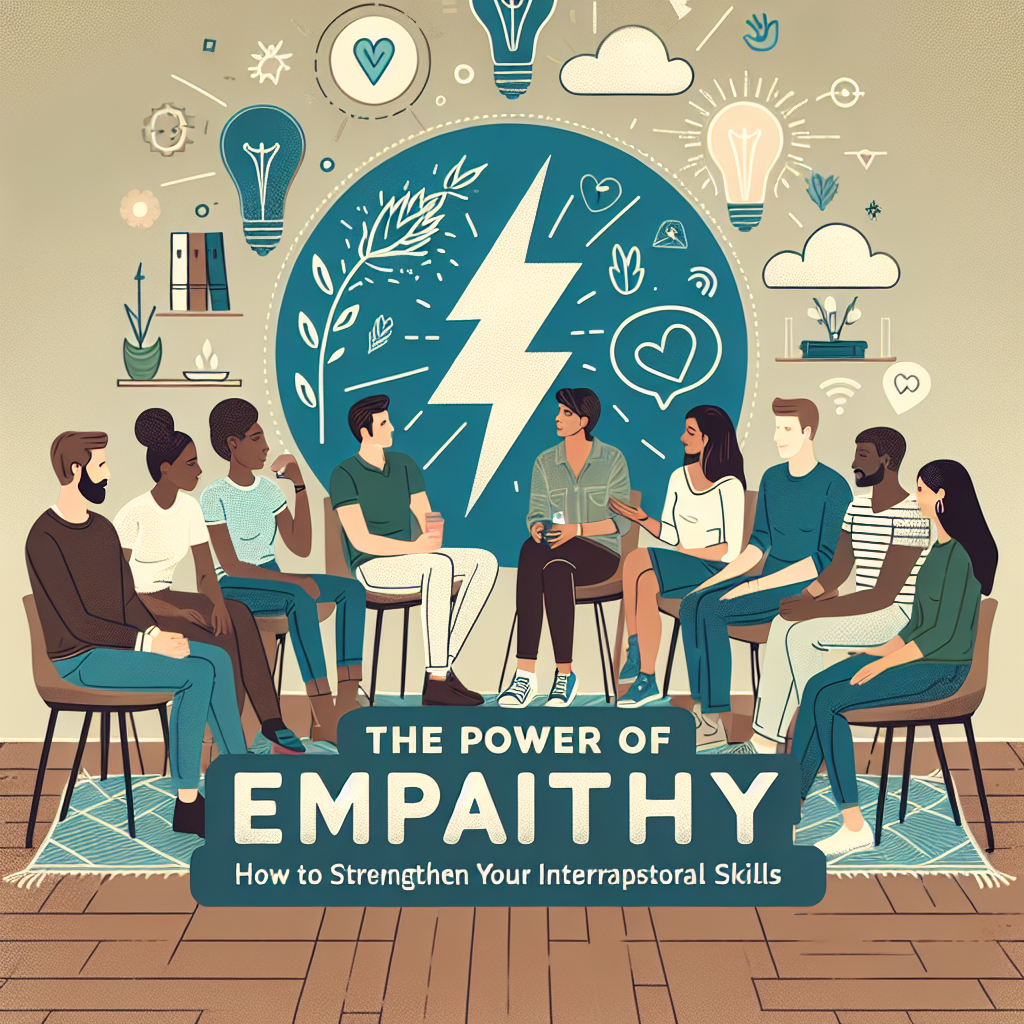In today’s fast-paced and ever-changing work environment, adaptability has become a crucial skill for professionals to possess. The ability to quickly learn new skills, adjust to new situations, and thrive in dynamic and challenging work settings is what sets successful professionals apart. One key component of adaptability is learning agility – the ability to learn and apply new knowledge and skills effectively in different situations.
Learning agility is not just about being a quick learner; it’s about being able to adapt to new situations, think critically, and apply what you’ve learned to solve problems, make decisions, and lead others effectively. In essence, it is the ability to rapidly learn and adapt to new challenges and opportunities.
Why is learning agility so important for professional growth? The answer lies in the rapidly changing nature of the workplace. Technology is advancing at an unprecedented rate, industries are constantly evolving, and the job market is becoming increasingly competitive. Professionals who are able to learn quickly, think creatively, and adapt to change are more likely to succeed in this new environment.
One of the key benefits of learning agility is that it allows professionals to stay current and relevant in their fields. By constantly learning and adapting to new technologies, trends, and best practices, professionals can ensure that they remain competitive and continue to add value to their organizations.
Additionally, learning agility enables professionals to take on new challenges and opportunities with confidence. Whether it’s learning a new software program, leading a cross-functional team, or taking on a new role within the organization, professionals with strong learning agility are better equipped to tackle these challenges head-on and excel in their roles.
Another benefit of learning agility is that it fosters a growth mindset. Instead of viewing challenges and setbacks as obstacles, professionals with learning agility see them as opportunities for growth and development. They are open to learning from their mistakes, seeking feedback, and continuously improving themselves.
Furthermore, learning agility is closely tied to leadership effectiveness. Leaders who possess learning agility are better able to inspire and motivate their teams, make informed decisions, and navigate complex and uncertain situations. They are able to adapt their leadership style to meet the needs of their team members and the organization as a whole.
So, how can professionals develop and cultivate learning agility? The following are some key strategies for enhancing learning agility:
1. Embrace a growth mindset: Rather than viewing challenges as roadblocks, approach them as opportunities for learning and growth. Stay curious, be open to new ideas, and seek out feedback from others.
2. Seek out new experiences: Step out of your comfort zone and take on new challenges and opportunities. Whether it’s volunteering for a new project, attending a training seminar, or seeking out a mentor, exposing yourself to new experiences will help you develop new skills and perspectives.
3. Reflect on your experiences: Take the time to reflect on your successes and failures. What did you learn from the experience? How can you apply these lessons to future situations? Reflective practice can help you identify areas for improvement and make better decisions in the future.
4. Build a strong network: Surround yourself with people who can support and challenge you. Seek out mentors, coaches, and colleagues who can provide you with guidance, feedback, and encouragement. Building a strong network can help you expand your knowledge, skills, and opportunities for growth.
5. Stay current: Keep up-to-date with the latest trends, technologies, and best practices in your field. Read industry publications, attend conferences, and participate in training programs to ensure that you remain relevant and competitive in your field.
In conclusion, learning agility is essential for professional growth in today’s fast-paced and ever-changing work environment. By developing a growth mindset, seeking out new experiences, reflecting on your experiences, building a strong network, and staying current in your field, you can cultivate the learning agility needed to thrive in your career.
FAQs:
Q: Can anyone develop learning agility, or is it a natural talent?
A: Learning agility is a skill that can be developed and cultivated over time. While some individuals may have a natural inclination towards learning agility, anyone can enhance their ability to learn quickly, adapt to new situations, and thrive in dynamic work environments through practice and effort.
Q: How can I assess my own learning agility?
A: There are various tools and assessments available that can help you evaluate your learning agility. These assessments typically measure your ability to learn quickly, think critically, adapt to new situations, and apply what you’ve learned effectively. Additionally, self-reflection and seeking feedback from colleagues and mentors can also help you assess your learning agility.
Q: How can I demonstrate my learning agility to potential employers?
A: When applying for jobs or seeking promotions, highlight examples of how you have demonstrated learning agility in your past roles. Describe situations where you quickly learned new skills, adapted to new challenges, and applied what you’ve learned to achieve positive outcomes. Additionally, seek out opportunities to showcase your learning agility in your current role through taking on new projects, seeking out feedback, and continuously improving yourself.
Q: How can organizations promote learning agility among their employees?
A: Organizations can promote learning agility among their employees by creating a culture that values continuous learning and improvement. This can be achieved through providing employees with training and development opportunities, encouraging cross-functional collaboration, rewarding innovation and creativity, and fostering a growth mindset throughout the organization. By investing in the growth and development of their employees, organizations can build a more agile and resilient workforce that can adapt to the challenges and opportunities of the modern workplace.





Leave A Comment